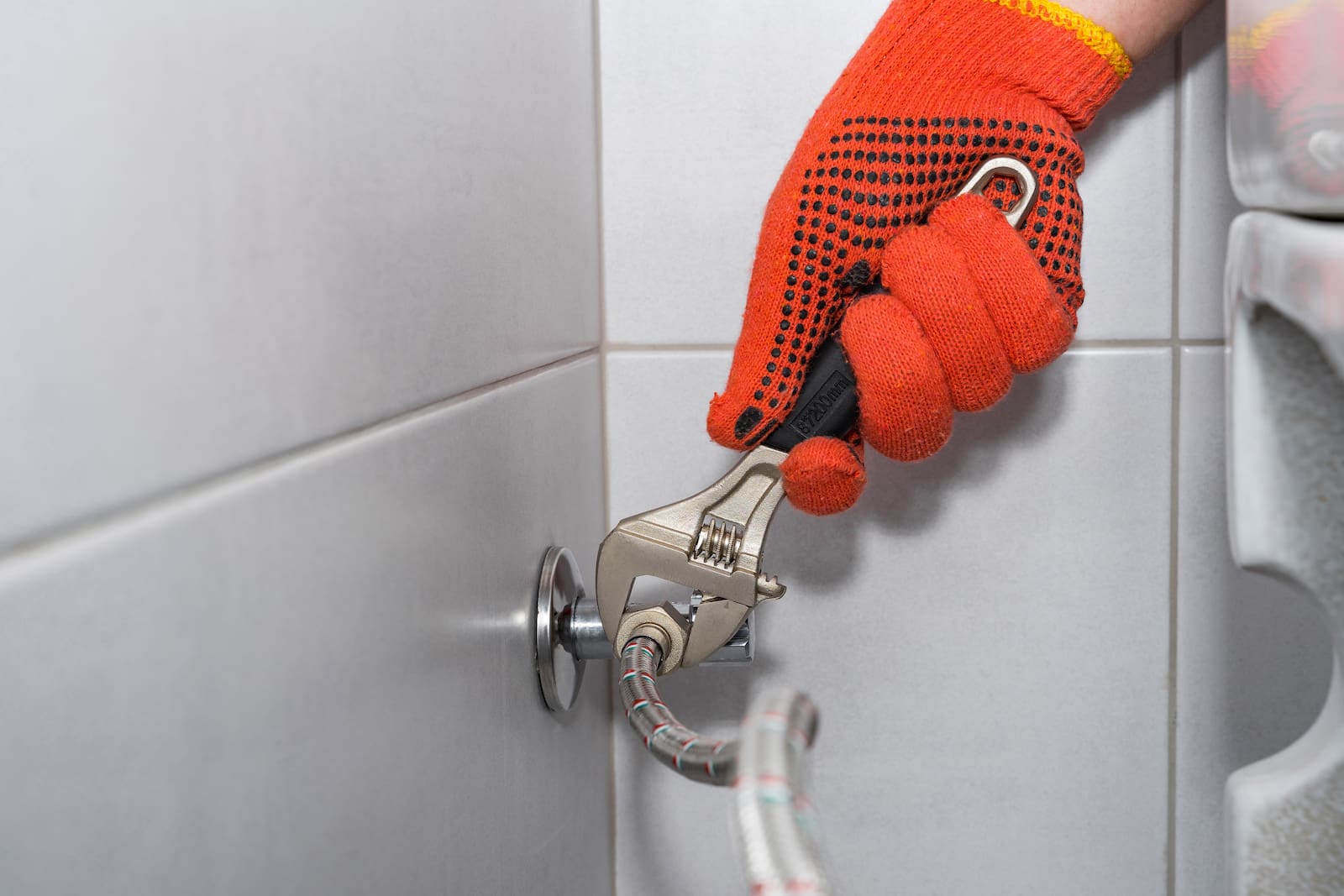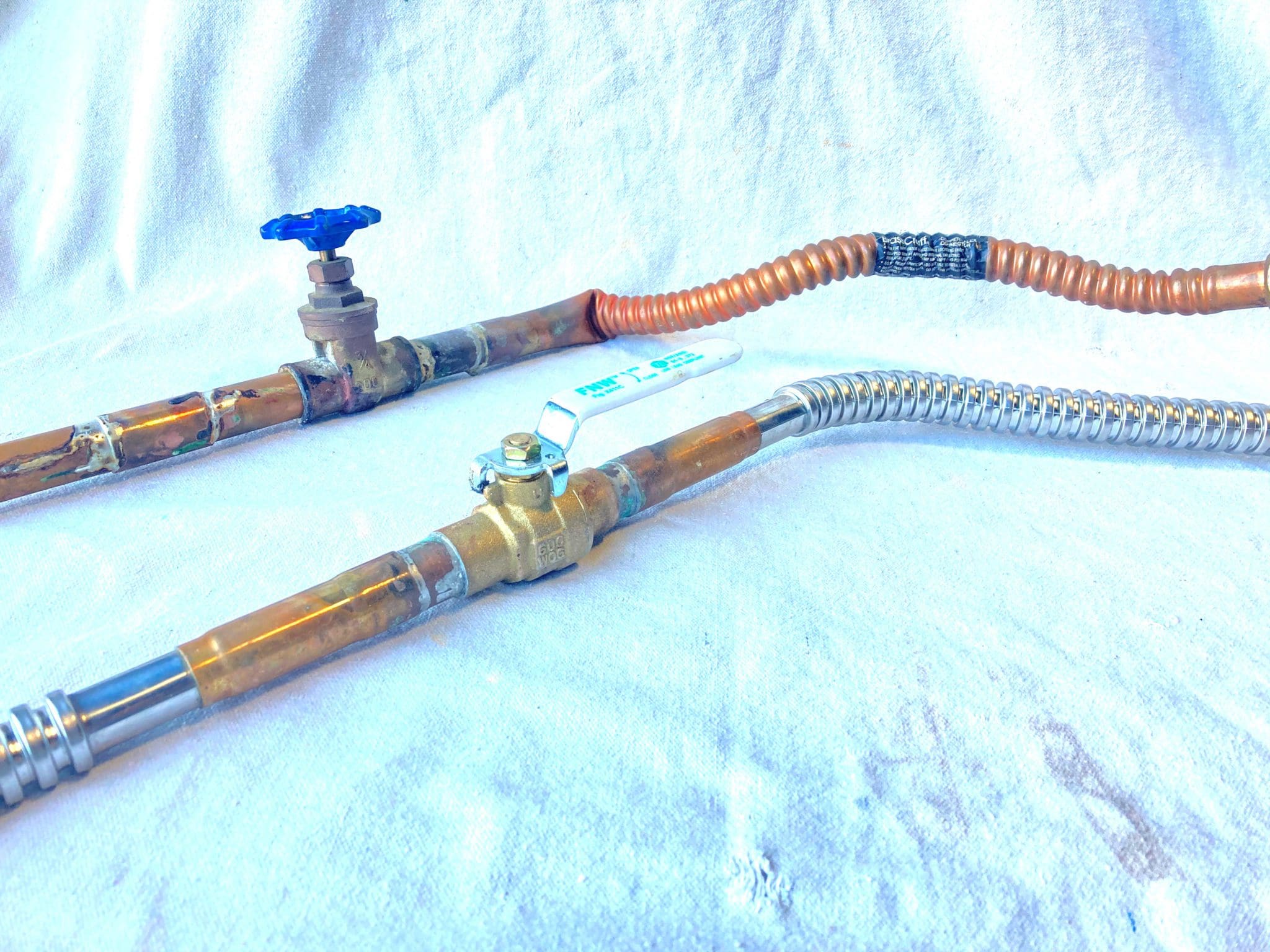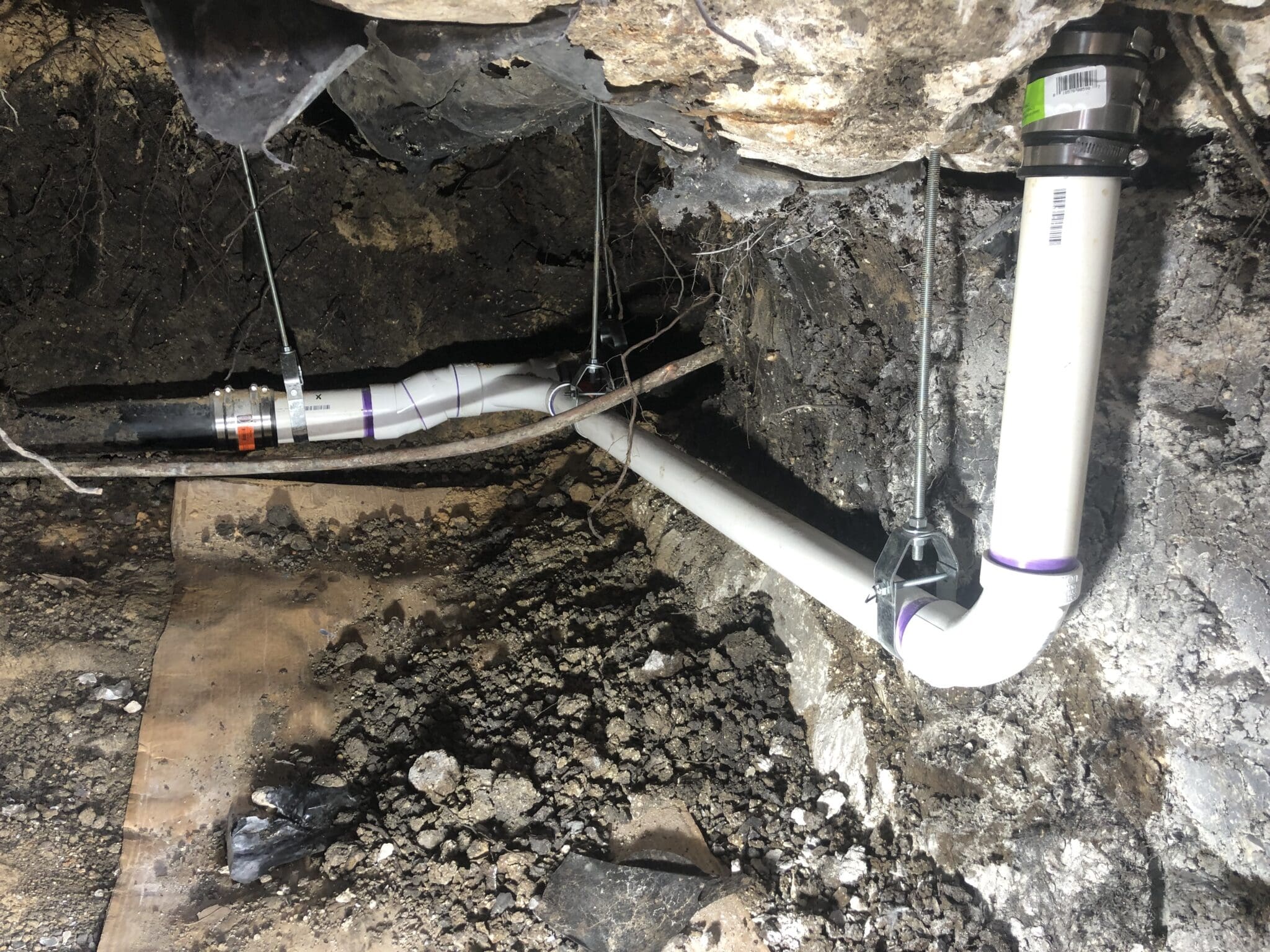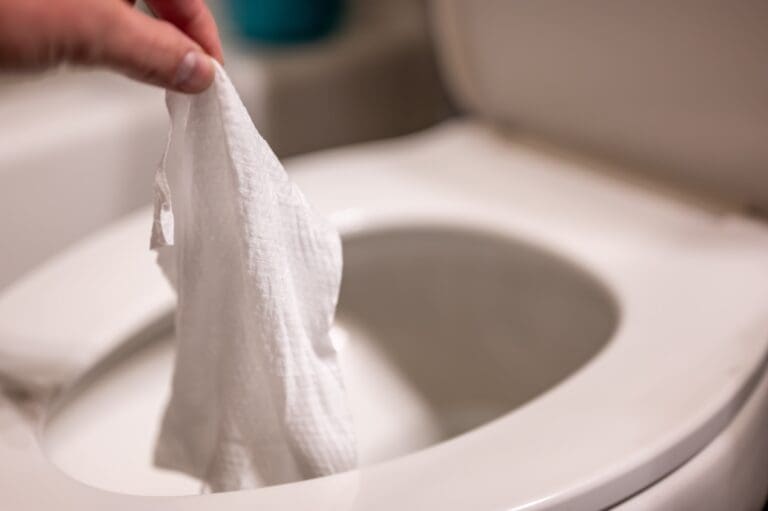One of the most important aspects of being a responsible homeowner is understanding how to handle your home’s biggest and most vital systems. This includes the water supply to essential fixtures such as your toilets.
Unfortunately, many homeowners don’t pay much attention to things like how to turn off the water to a toilet until a problem arises. The best way to protect yourself from a serious problem is to know how to turn off toilet water before you ever need to.
Then, you can address an issue if it comes up, and you’ll have the confidence and peace of mind to do so. Here’s what you need to know about the nuances of turning off water to your toilet, the various types of valves you might encounter, why proactive maintenance matters, and when you should call a plumber.
Not All Valves Are Created Equal
Quality matters when it comes to shut-off valves; significant differences exist between the valves used on toilet water supplies, ranging from materials to functionality. Plastic vs. brass, multi-turn vs. quarter turn, push-on vs. compression—all these factors affect the valve’s durability and ease of use.
Materials
Brass valves tend to be more durable and reliable compared to their plastic counterparts. While plastic valves may be cheaper initially, they’re prone to degradation over time and are more susceptible to leaks. That can make them a risky choice, especially if used for a while.
Functionality
Quarter-turn valves, which only require a 90-degree rotation to shut off the water, are generally preferred for their simplicity and quick operation. While still effective, multi-turn valves may require more effort to shut off the water flow fully. Newer valves are more likely to be the quarter-turn kind.
Connection Type
Push-on valves utilize a push-fit connection system, making installation straightforward and tool-free. If they aren’t pushed together tightly enough, they can leak and cause damage to your home. Compression valves require a compression fitting, which provides a more secure seal but requires additional installation tools.
One Piece Valve and Supply vs. Separate Valve and Supply
Another consideration is whether your toilet utilizes a one-piece valve, supply line, or separate components. One-piece options integrate the shut-off valve and supply line into a single unit, streamlining installation and reducing the risk of leaks.
However, if something goes wrong with one component, the entire unit will likely have to be replaced. Separate valves and supply lines offer more flexibility for repairs and replacements but require additional fittings and connections. It’s a balancing act to get the best option for your needs.
Lifespan of Angle Stop Valves
Angle stop valves, which are commonly used for toilet water supply, have a finite lifespan. While quality valves can last for many years without issue, factors such as water quality and usage patterns can affect their longevity. Routine inspection and maintenance are essential to identify signs of wear or deterioration.
When Should You Consider Replacement?
Knowing when to replace your angle stop valve is crucial for preventing potential water damage. Signs of a failing valve include corrosion, leaks, difficulty turning, or a lack of water flow. Additionally, if your valve is nearing its expected lifespan or undergoing a bathroom remodel, replace it preemptively to avoid unexpected issues down the line.
When Will You Use Your Toilet Water Shut Off Valve?
There are several scenarios where knowing how to turn off toilet water supply lines becomes necessary, and a guide to shutting off water can help you do that efficiently and safely.
Going on Vacation
Shutting off the water supply when leaving for an extended period can prevent potential leaks or flooding while you’re away. You don’t want to come home to a flooded space and a damaged home.
Remodeling the Bathroom
During renovations, shutting off the water supply allows for safe disconnection and installation of fixtures without risking water damage so that workers can complete your bathroom updates.
Dealing With Plumbing Emergencies
In the event of a toilet leak, overflow, or malfunction, quickly shutting off the water supply can mitigate water damage and prevent further issues. When you know how to do that, you won’t waste time stopping water from flowing.
When Should You Call a Plumber?
While you can resolve some toilet water shut-off valves and related issues on your own, some issues with your toilet and its water supply require professional assistance. That’s when you need to call in a plumber to help.:
A Toilet That’s Leaking
Persistent leaks may indicate a faulty seal or damaged components that require expert diagnosis and repair. In short, a plumber can find the problem and fix it fast.
A Constantly Running Toilet
A toilet that continues to run despite attempts to fix it may have underlying issues with the flushing mechanism or valve, which also needs expert help.
Replace Old Faucet and Toilet Supply Lines
When disconnecting fixtures such as faucets or toilets, replacing old supply lines is advisable to ensure the best performance and the lowest chance of leaks. Toilet repair & install, along with new supply lines, should be handled by professionals.
Over time, supply lines can deteriorate, leading to potential leaks or ruptures. Upgrading to newer, more durable lines reduces the risk of future problems and enhances the overall reliability of your plumbing system. Many homeowners have their toilet and supply lines replaced at the same time.
Investigate Shut Off and Supply Valves
For new homeowners, familiarizing themselves with the location and operation of water shut-off valves is essential. Knowing how to access and shut off the water supply quickly can prevent extensive damage in the event of an emergency. Similarly, understanding the toilet supply valve’s functionality ensures confidence in managing routine maintenance tasks.
FAQ
Should Homeowners Turn On Water Supply Valves Fully or in the Middle?
You want to turn your water supply valve on fully to ensure the right amount of water pressure to your toilet. That will help it operate properly and can prolong its lifespan.
Should Homeowners Use a Wrench or Plier for Water Supply Valves?
Water supply valves in good shape can generally be turned by hand. Using tools on them may cause damage, including breakage that can lead to significant water leaks. If you can’t turn your water supply valves by hand, consider replacing them with newer valves.
Which Direction Should a Supply Valve Be Turned?
The “righty tighty, lefty loosey” rule applies here. Turn your water supply valve to the right to restrict or shut off the flow of water and to the left to open the valve and allow water to flow again.
The Bottom Line on Your Toilet’s Water Supply
Managing the basics of your toilet’s water supply is an important skill when you own a home, but it’s equally valuable to know when to call in a plumber. Understanding the different types of shut-off valves, knowing when to replace them, and adopting proactive maintenance practices can help protect your home against potential water damage.





















